[Editorial] Dusting off the Diamond
Time for Koreas to resume Geumgangsan tours
By Korea HeraldPublished : July 13, 2014 - 20:14
On Nov. 18, 1998, a group of 826 South Korean tourists visited Mount Geumgangsan in North Korea aboard a cruise ship. The historic tour program was initiated by Chung Ju-yung, the late founder of Hyundai Group, with the backing of both Korean governments.
Along with the Gaeseong industrial park, which started operation in 2004, the tour program to the scenic area, whose name translates as “Diamond Mountain,” rightly became a symbol of reconciliation and cooperation between the two Koreas.
For the following 10 years until its suspension six years ago last week, 1.93 million South Koreans joined the tour program. It offered South Koreans, especially those who have hometowns in the North, rare opportunities to travel across the heavily fortified border dividing the two Koreas.
On the economic side, the tour program helped North Korea earn hard-to-win foreign currency, about $40 million won each year.
But the inter-Korean tour program carried more than economic value. Hundreds of thousands of South Koreans, in groups of hundreds, visited the North all year round. Maintaining such continuous civilian exchanges between the two Koreas, which normally prohibit cross-border travel, helped them increase their mutual understanding. It was becoming a model for promoting reconciliation and peace on the peninsula.
All this came to a sudden halt with a shooting incident on July 11, 2008, when a North Korean military guard shot a South Korean woman whom the North alleged entered a restricted area in the Geumgangsan resort.
The mountain resort has since been shut down, except for providing a stage for three temporary reunions of families separated by Korea’s division, the most recent one being in February this year.
Six years of closure is causing heavy economic losses on both sides, especially for South Korean companies that invested huge sums in tourism infrastructure there.
Government officials and business executives estimate that the southern side has lost about 1.6 trillion won since the tour was halted. Hyundai Asan, the North Korea-related business unit of Hyundai Group, lost more than 750 billion won. The company lost another 117 billion won on a similar tour program to Gaeseong.
Apart from Hyundai Asan, a group of 49 South Korean companies involved in the Geumgangsan tourism business said their combined accumulated losses amount to about 860 billion won.
The group issued a statement last week urging both governments to resume working-level talks and authorize them to visit Mount Geumgangsan to examine facilities that had been abandoned for six years.
Their demand to resume the tours is well grounded. Its extended suspension is costing both Koreas a lot, in terms of money and opportunity for promoting reconciliation.
Needless to say, the North is the one who should take action first to resume the tour: It should offer apologies for the tourist’s killing, and promise to make sure there will be no such incident again.
On the South’s part, there are some reasons it could not easily agree to reopen the tour, in view of the North’s continued missile and nuclear threats and the past provocations such as attacks on the Cheonan corvette and Yeonpyeongdo Island.
But the fact that Gaeseong Industrial Park is operating normally could encourage Seoul officials to separate those security and political issues, including the current sanctions the U.N. and Seoul imposed on the North, from the tour program.
What is clear is that restarting the Geumgangsan tour program will give greater, more lasting benefits to both sides than such one-off events as the North’s planned participation in the Asian Games in Incheon in September.
Along with the Gaeseong industrial park, which started operation in 2004, the tour program to the scenic area, whose name translates as “Diamond Mountain,” rightly became a symbol of reconciliation and cooperation between the two Koreas.
For the following 10 years until its suspension six years ago last week, 1.93 million South Koreans joined the tour program. It offered South Koreans, especially those who have hometowns in the North, rare opportunities to travel across the heavily fortified border dividing the two Koreas.
On the economic side, the tour program helped North Korea earn hard-to-win foreign currency, about $40 million won each year.
But the inter-Korean tour program carried more than economic value. Hundreds of thousands of South Koreans, in groups of hundreds, visited the North all year round. Maintaining such continuous civilian exchanges between the two Koreas, which normally prohibit cross-border travel, helped them increase their mutual understanding. It was becoming a model for promoting reconciliation and peace on the peninsula.
All this came to a sudden halt with a shooting incident on July 11, 2008, when a North Korean military guard shot a South Korean woman whom the North alleged entered a restricted area in the Geumgangsan resort.
The mountain resort has since been shut down, except for providing a stage for three temporary reunions of families separated by Korea’s division, the most recent one being in February this year.
Six years of closure is causing heavy economic losses on both sides, especially for South Korean companies that invested huge sums in tourism infrastructure there.
Government officials and business executives estimate that the southern side has lost about 1.6 trillion won since the tour was halted. Hyundai Asan, the North Korea-related business unit of Hyundai Group, lost more than 750 billion won. The company lost another 117 billion won on a similar tour program to Gaeseong.
Apart from Hyundai Asan, a group of 49 South Korean companies involved in the Geumgangsan tourism business said their combined accumulated losses amount to about 860 billion won.
The group issued a statement last week urging both governments to resume working-level talks and authorize them to visit Mount Geumgangsan to examine facilities that had been abandoned for six years.
Their demand to resume the tours is well grounded. Its extended suspension is costing both Koreas a lot, in terms of money and opportunity for promoting reconciliation.
Needless to say, the North is the one who should take action first to resume the tour: It should offer apologies for the tourist’s killing, and promise to make sure there will be no such incident again.
On the South’s part, there are some reasons it could not easily agree to reopen the tour, in view of the North’s continued missile and nuclear threats and the past provocations such as attacks on the Cheonan corvette and Yeonpyeongdo Island.
But the fact that Gaeseong Industrial Park is operating normally could encourage Seoul officials to separate those security and political issues, including the current sanctions the U.N. and Seoul imposed on the North, from the tour program.
What is clear is that restarting the Geumgangsan tour program will give greater, more lasting benefits to both sides than such one-off events as the North’s planned participation in the Asian Games in Incheon in September.
-
Articles by Korea Herald


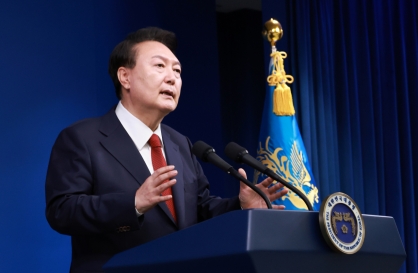


![[K-pop’s dilemma] Can K-pop break free from ‘fandom’ model?](http://res.heraldm.com/phpwas/restmb_idxmake.php?idx=644&simg=/content/image/2024/05/09/20240509050541_0.jpg&u=20240509173751)
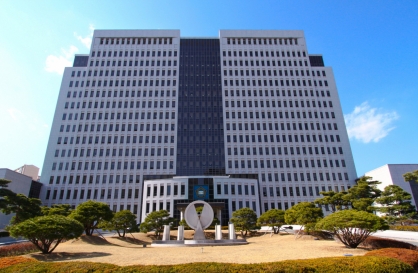



![[News Analysis] Yoon's first 2 years marked by intense confrontations, lack of leadership](http://res.heraldm.com/phpwas/restmb_idxmake.php?idx=644&simg=/content/image/2024/05/09/20240509050612_0.jpg&u=20240509233252)
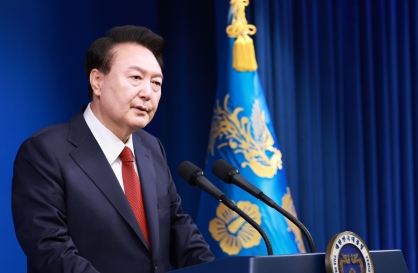



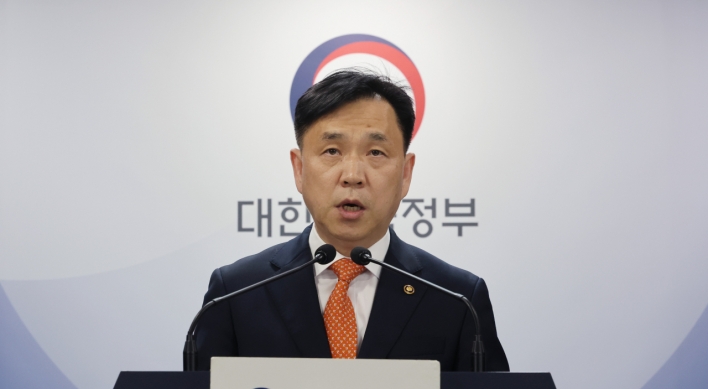


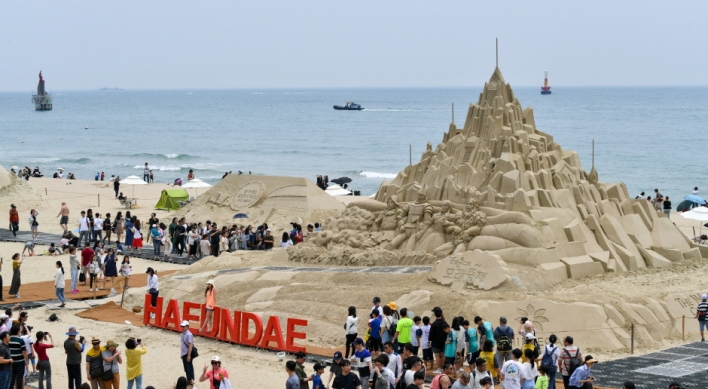
![[Today’s K-pop] NCT’s Mark to drop 1st solo album in February 2025](http://res.heraldm.com/phpwas/restmb_idxmake.php?idx=642&simg=/content/image/2024/05/10/20240510050597_0.jpg&u=)